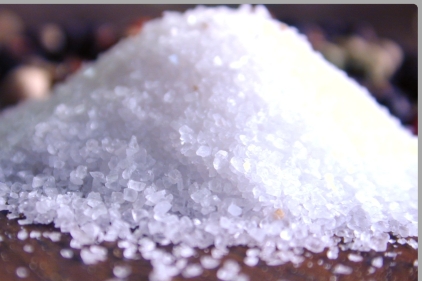As the U.S. Food and Drug Administration prepares to issue voluntary sodium guidelines for food manufacturers and restaurants, food market research by The NPD Group finds that U.S. consumers are less concerned about their sodium intake, and their consumption of foods with a low sodium or no salt label is declining and will continue to decline in the future.
NPD says this decreasing concern comes in spite of the fact that many U.S. consumers regularly consume more than the government recommended daily sodium intake of 2,300mg for the average person and 1,500mg for ages 50 and over.
More than 60% of the population is still trying to cut down on or avoid sodium completely in their diets, but the percentage interested in doing this has declined from 68% in 2010 to 64% in 2013. Thirty-nine percent of adults looked for sodium content on the nutrition labels, down from 41% in 2010, according to NPD’s ongoing food and beverage market research.
“People are paying less attention to the basics on nutrition labels like sodium, calories, fats, and carbs, and more attention to sugar and protein,” says Darren Seifer, NPD food and beverage industry analyst. “Regardless of the available nutritional information and dietary guidelines, consumers are choosing to focus on what they deem important.”
According to a recent NPD report, “The Future of Eating: Who’s Eating What in 2018?,” in the next five years use of foods with special label codes like low sodium/salt free, low/reduced, fat/no fat, or whole grain/made with whole grain is expected to decline across every generational group, except Gen Z, ages 0-23, who are still learning about foods and nutrition. The percent of annual eatings of foods with a low sodium or no salt label is expected to decline by -1% in 2018 versus 2013.
“The challenges in getting Americans closer to the guidelines are multi-faceted. Salt is an important ingredient in making foods taste good. Simply removing sodium from foods and/or beverages will likely be met with consumer resistance,” says Darren Seifer, food and beverage industry analyst at NPD and author of the sodium report. “Eating habits are difficult to change unless a change is required because of a health condition. If food manufacturers and foodservice operators are able to reduce the sodium in foods and still make them taste as good, inroads will be made in reducing U.S. consumers’ salt intake.”



